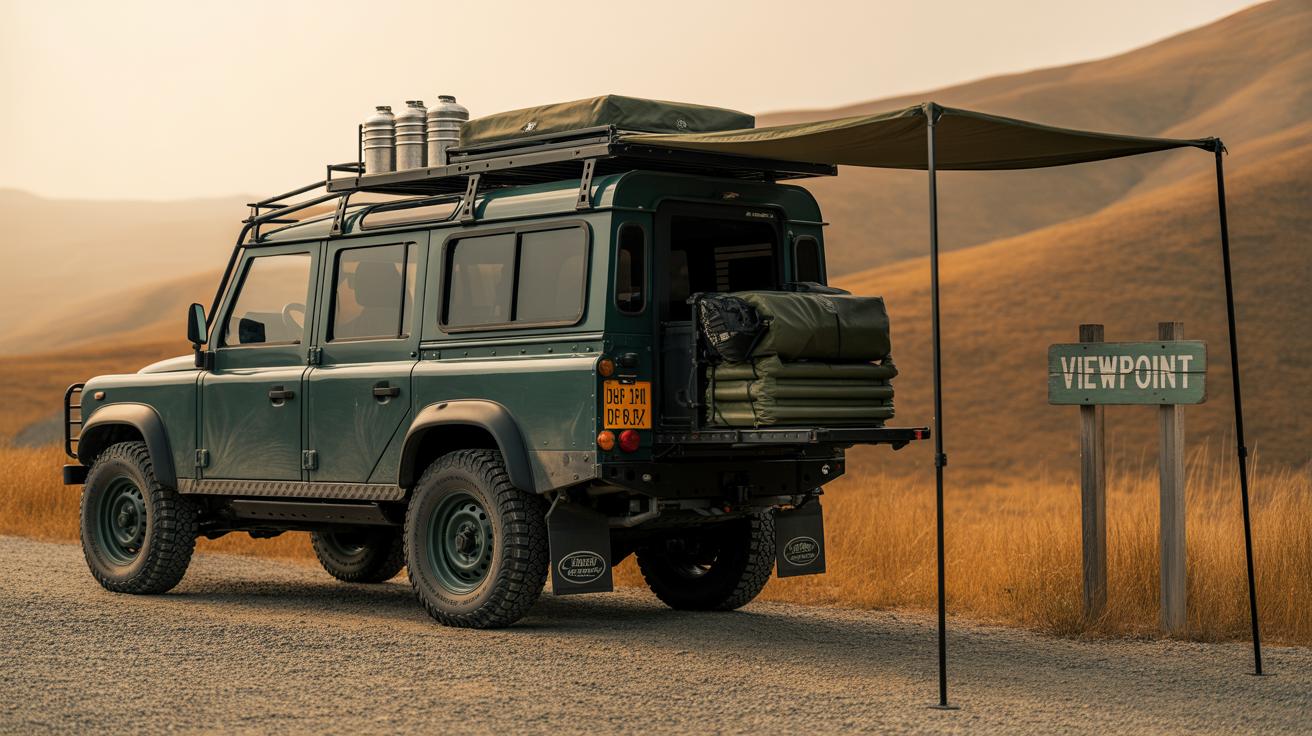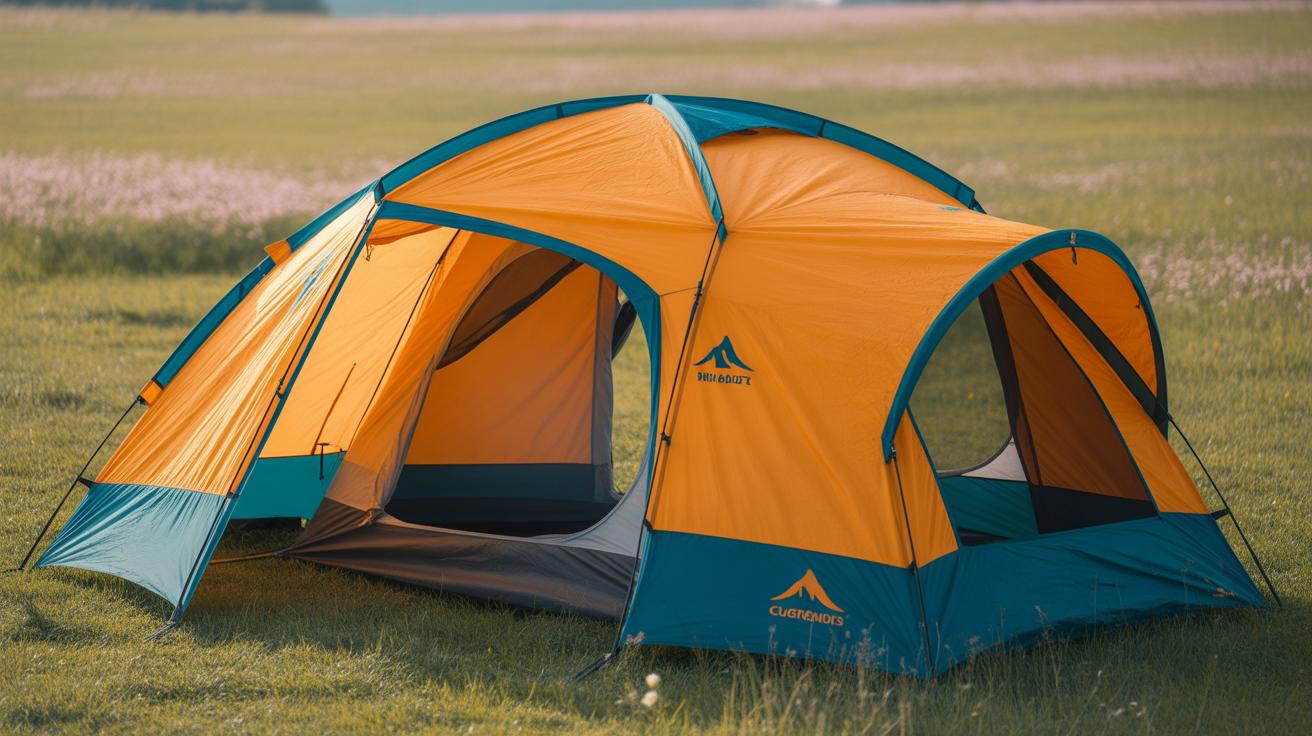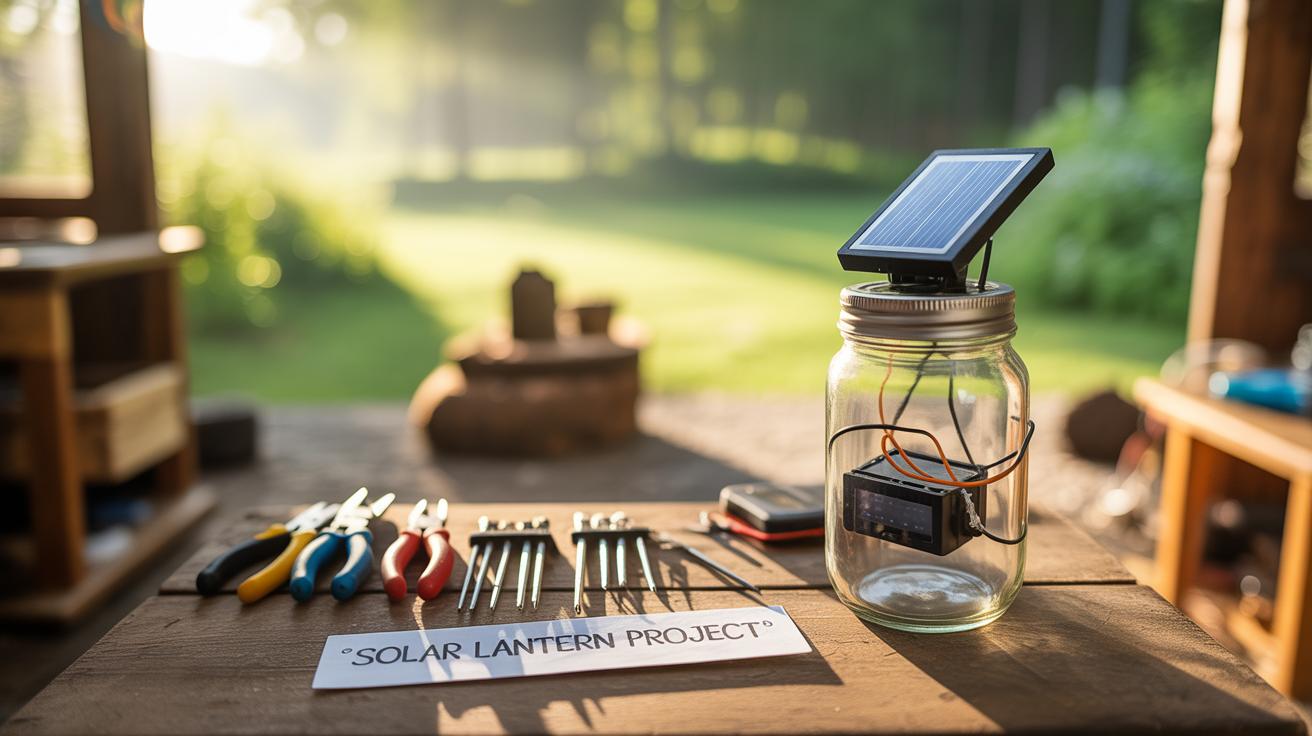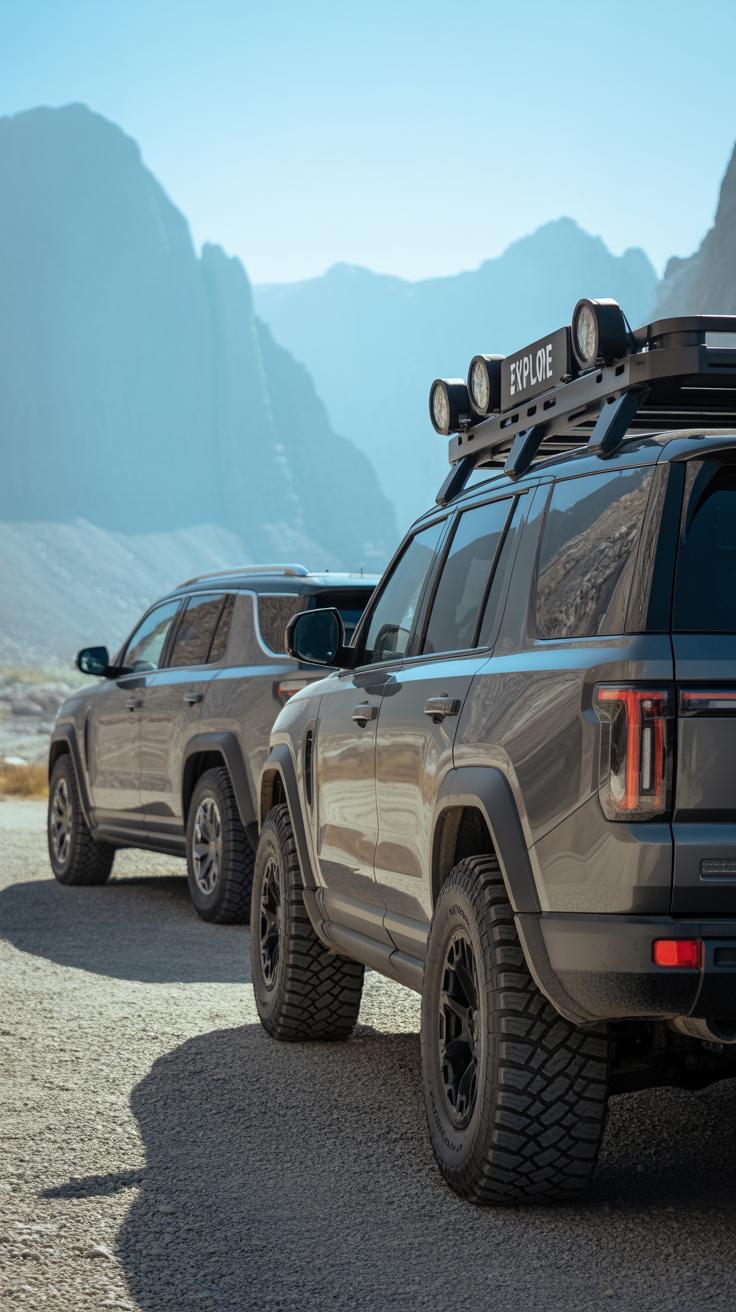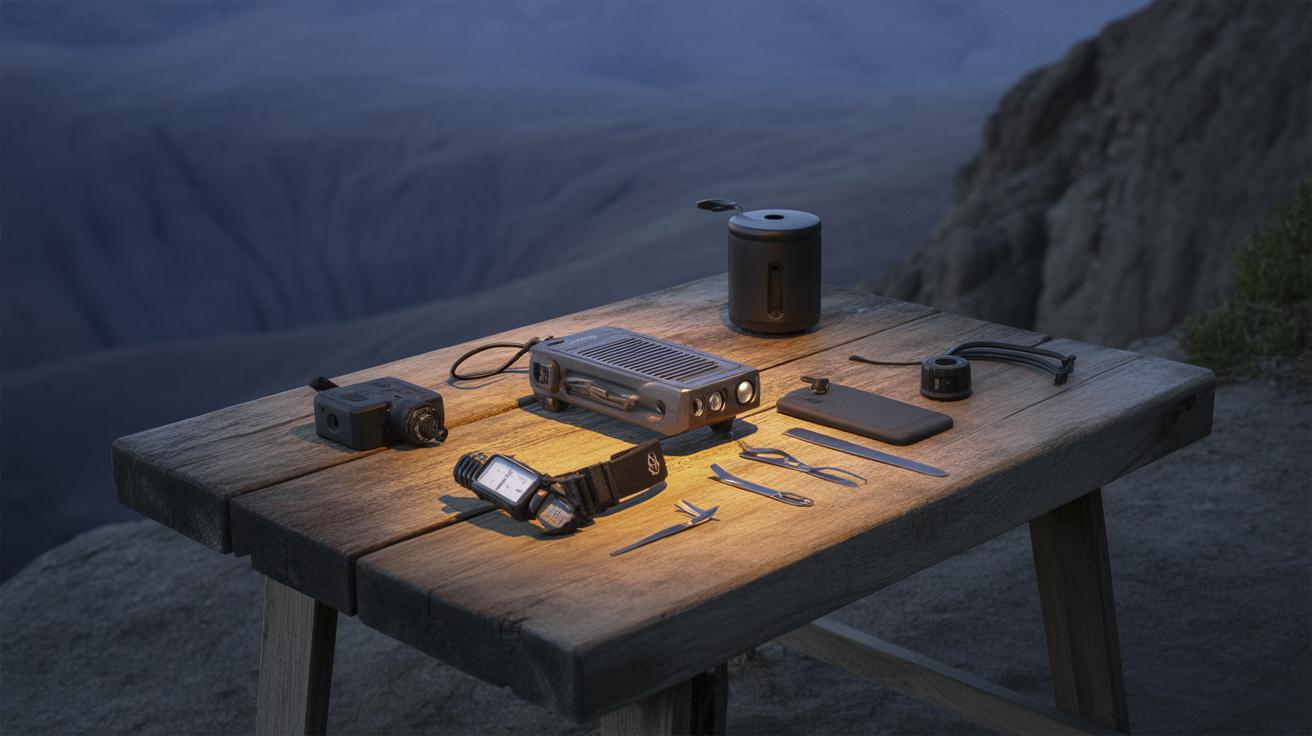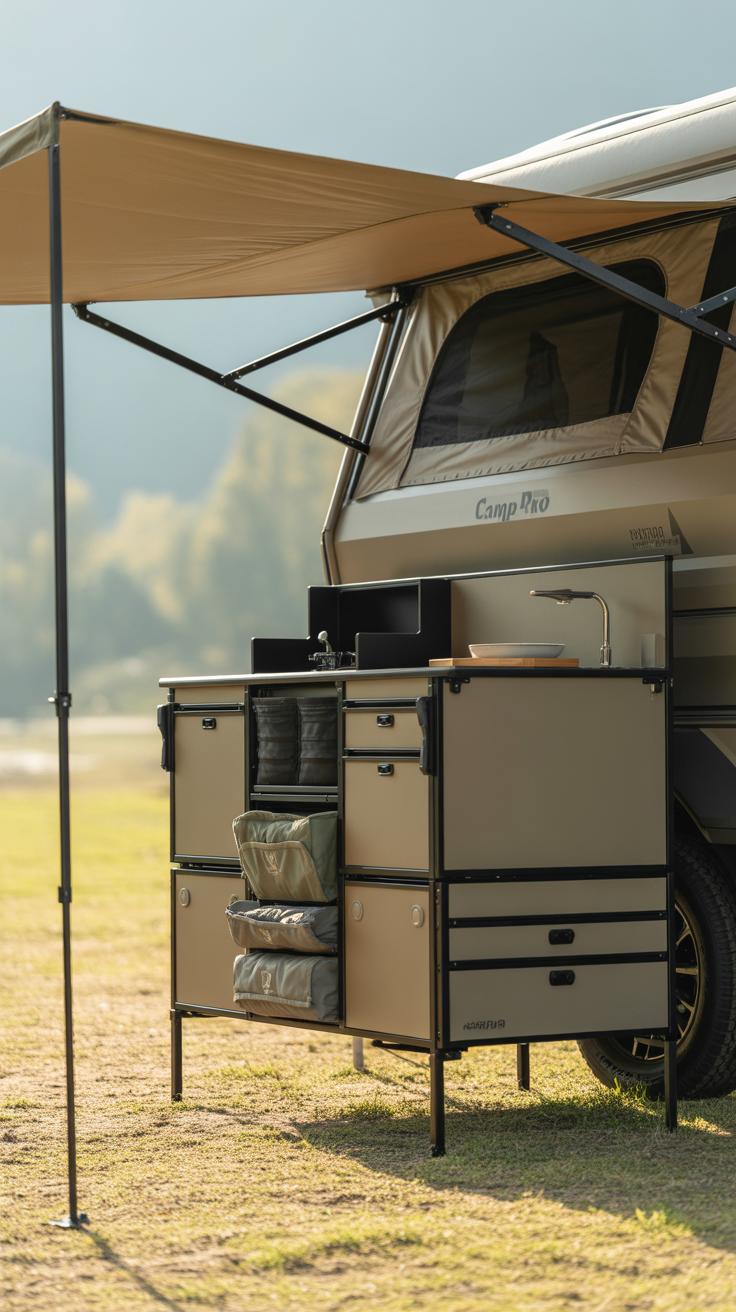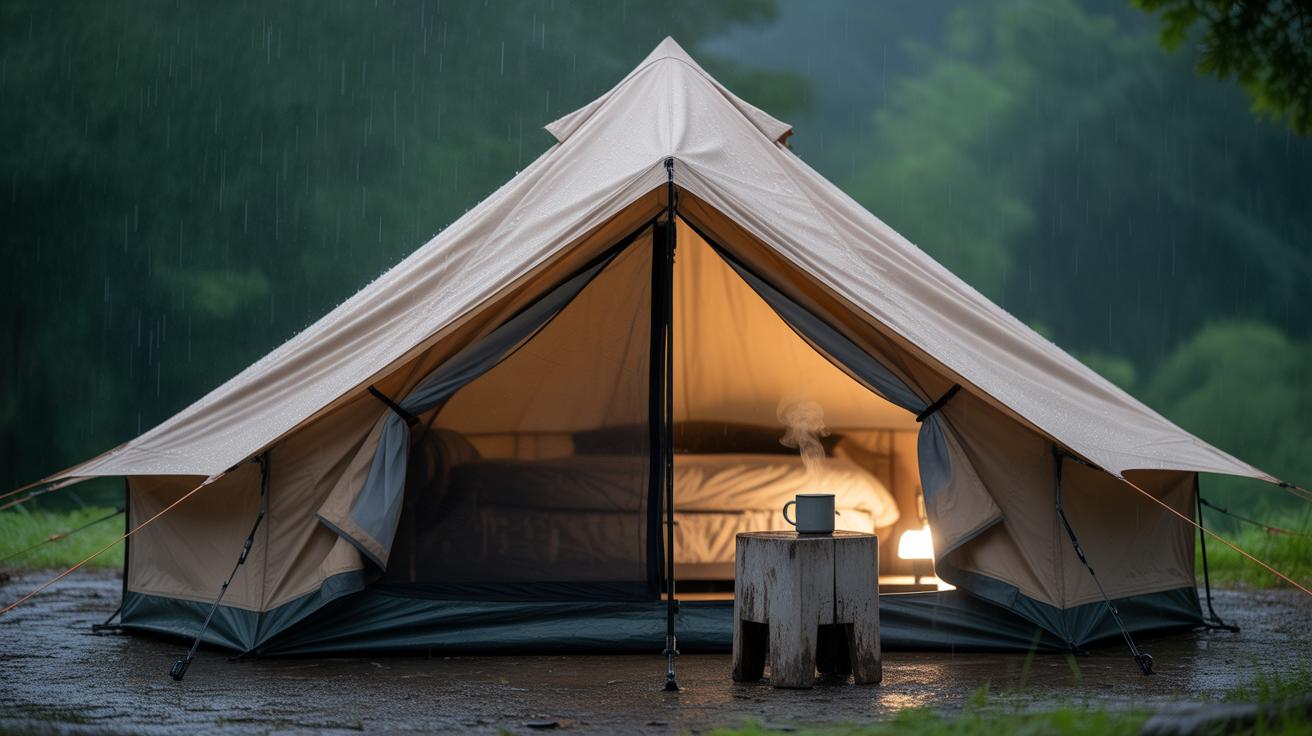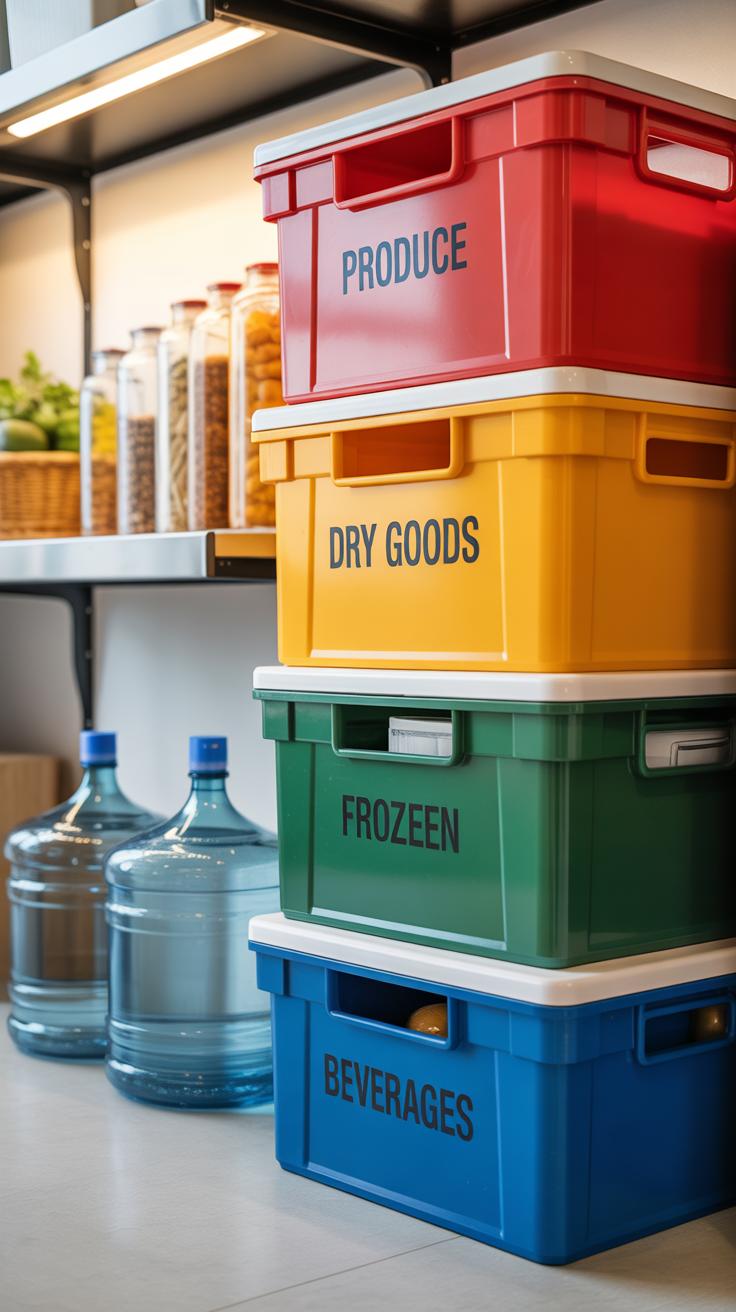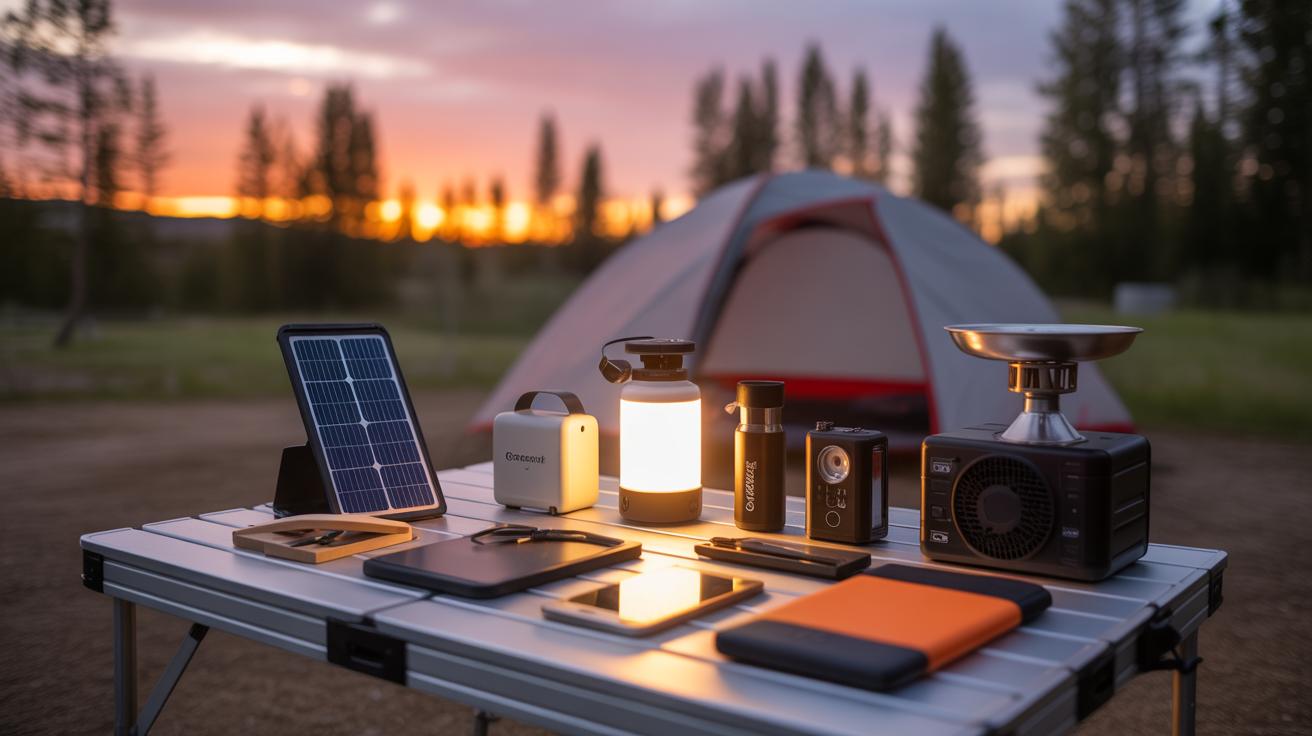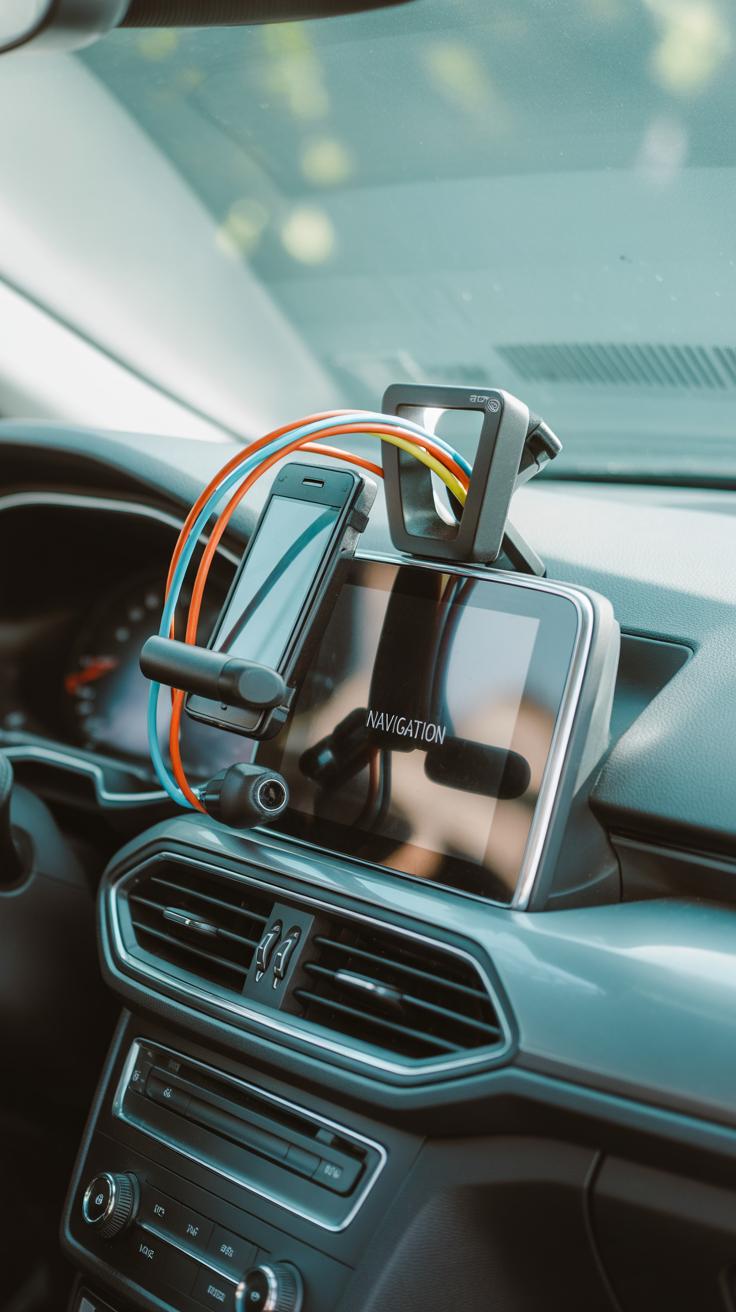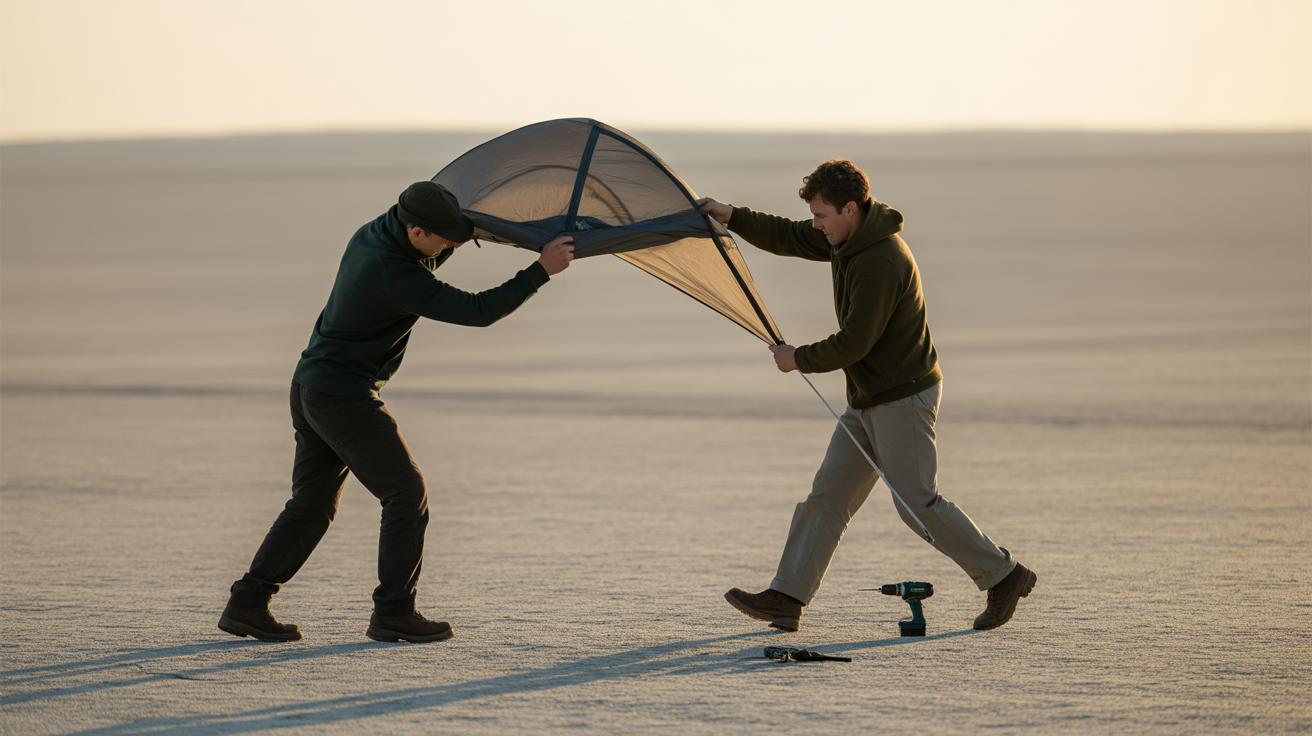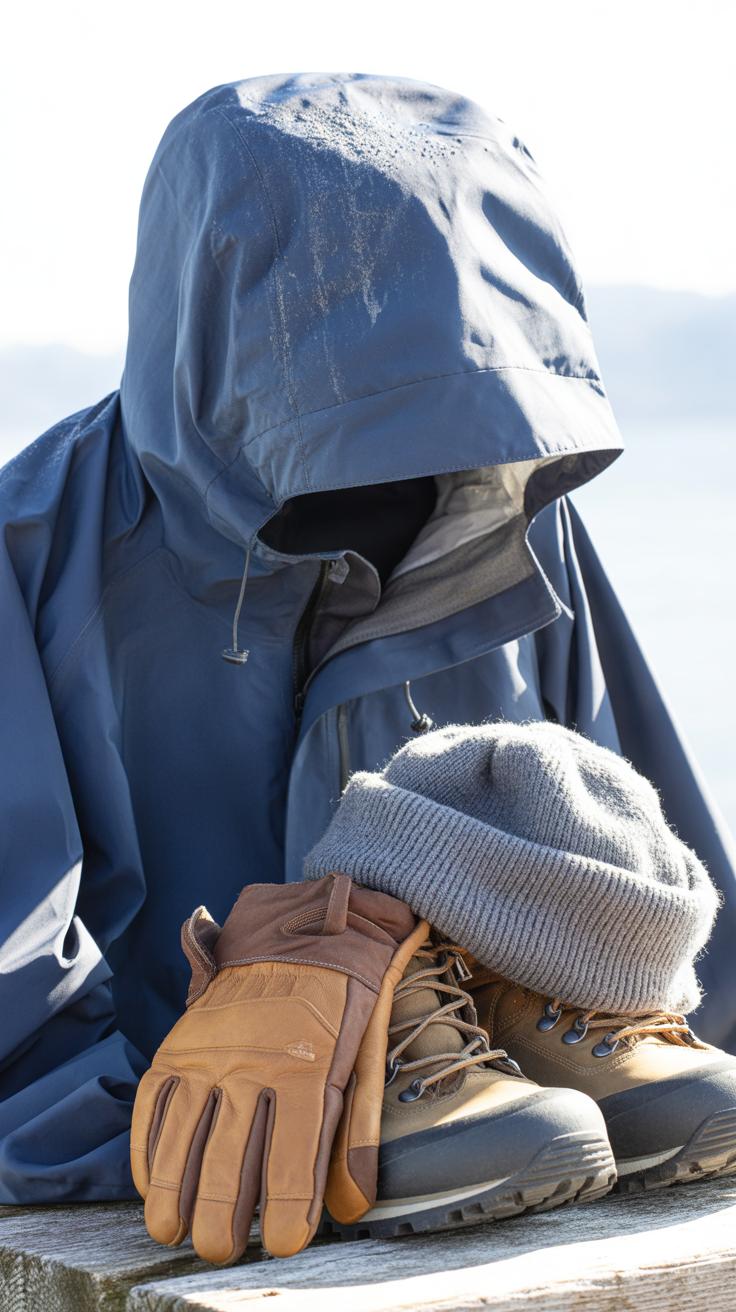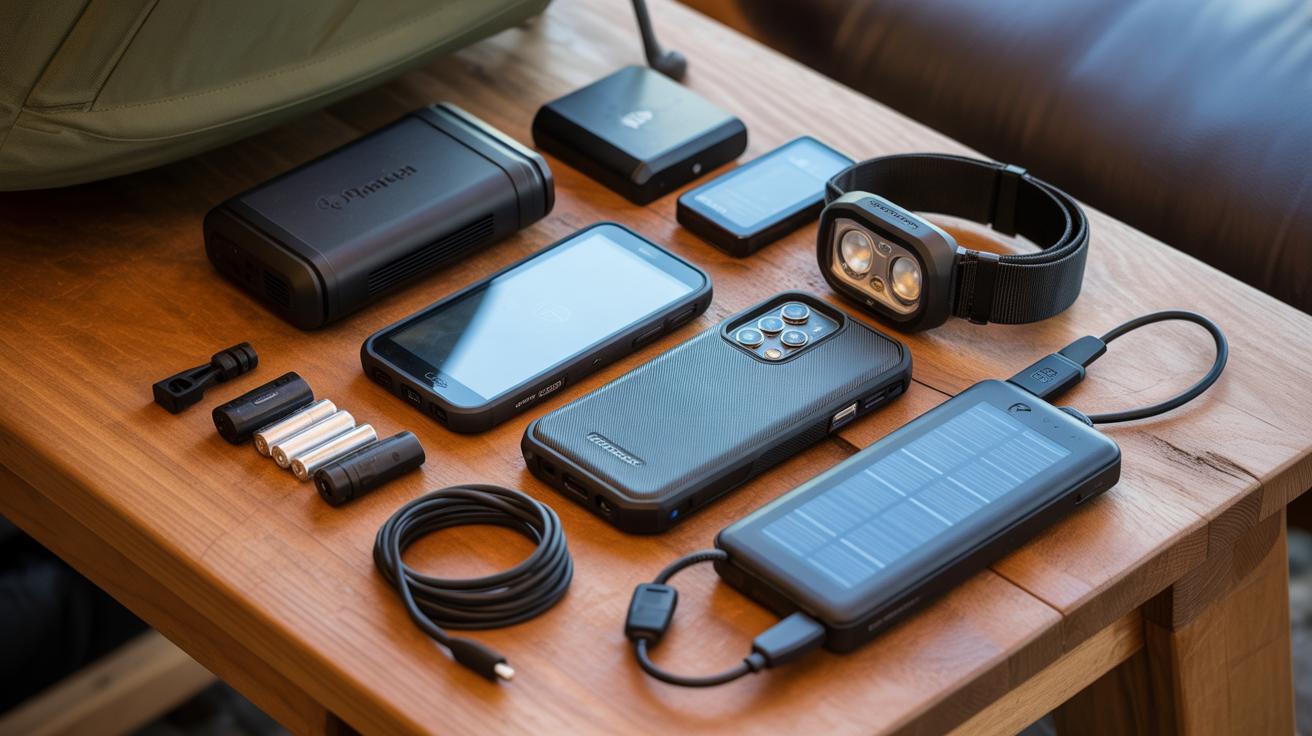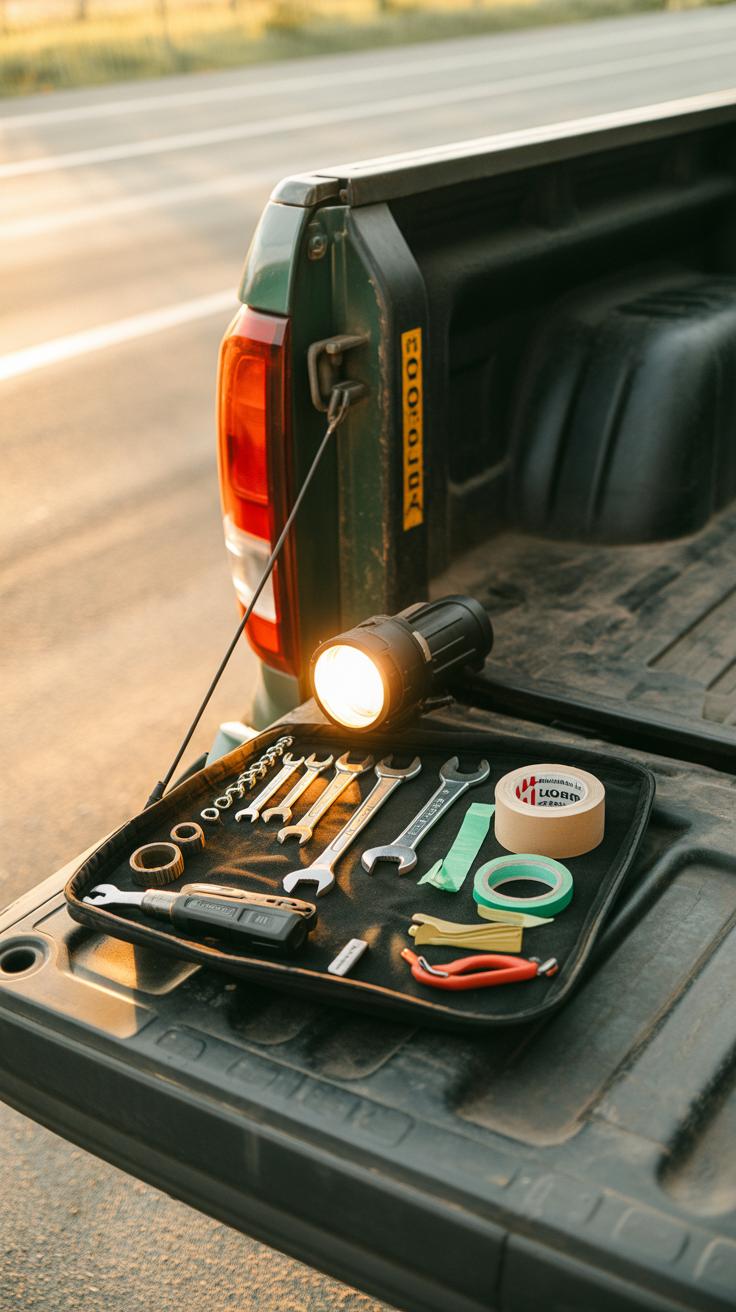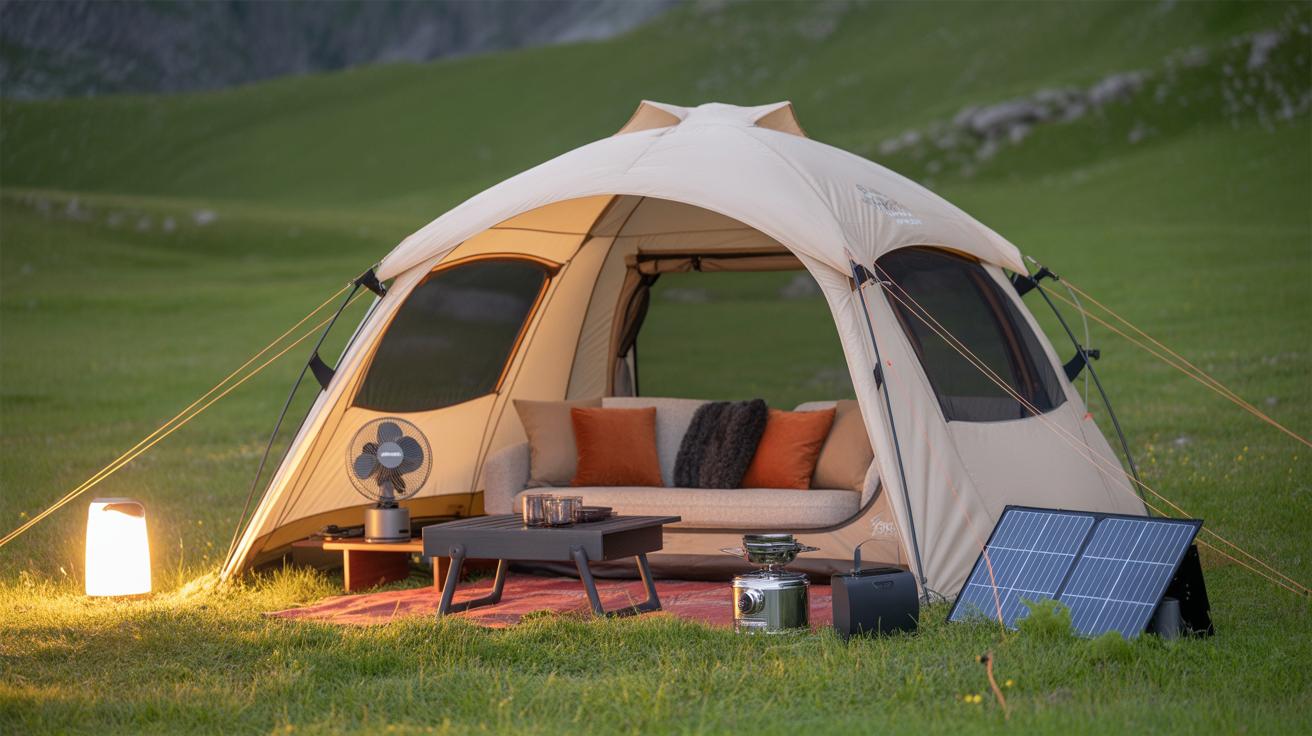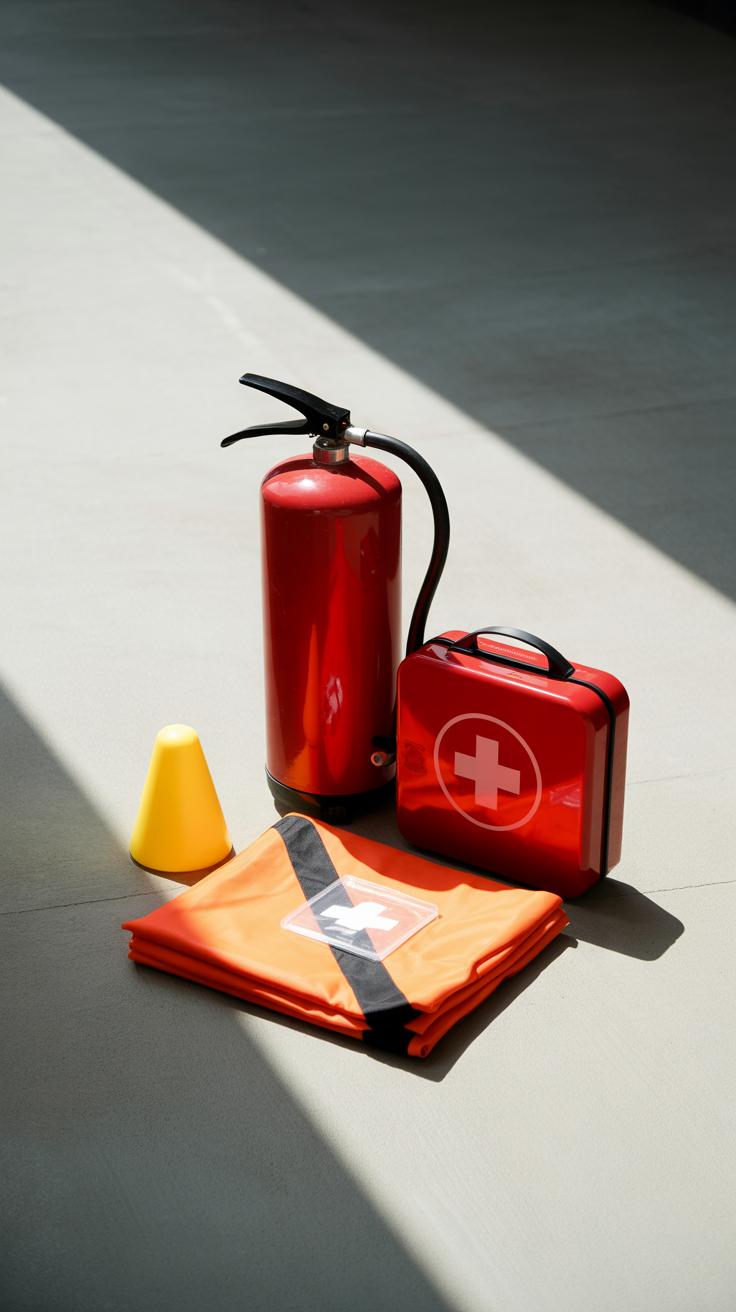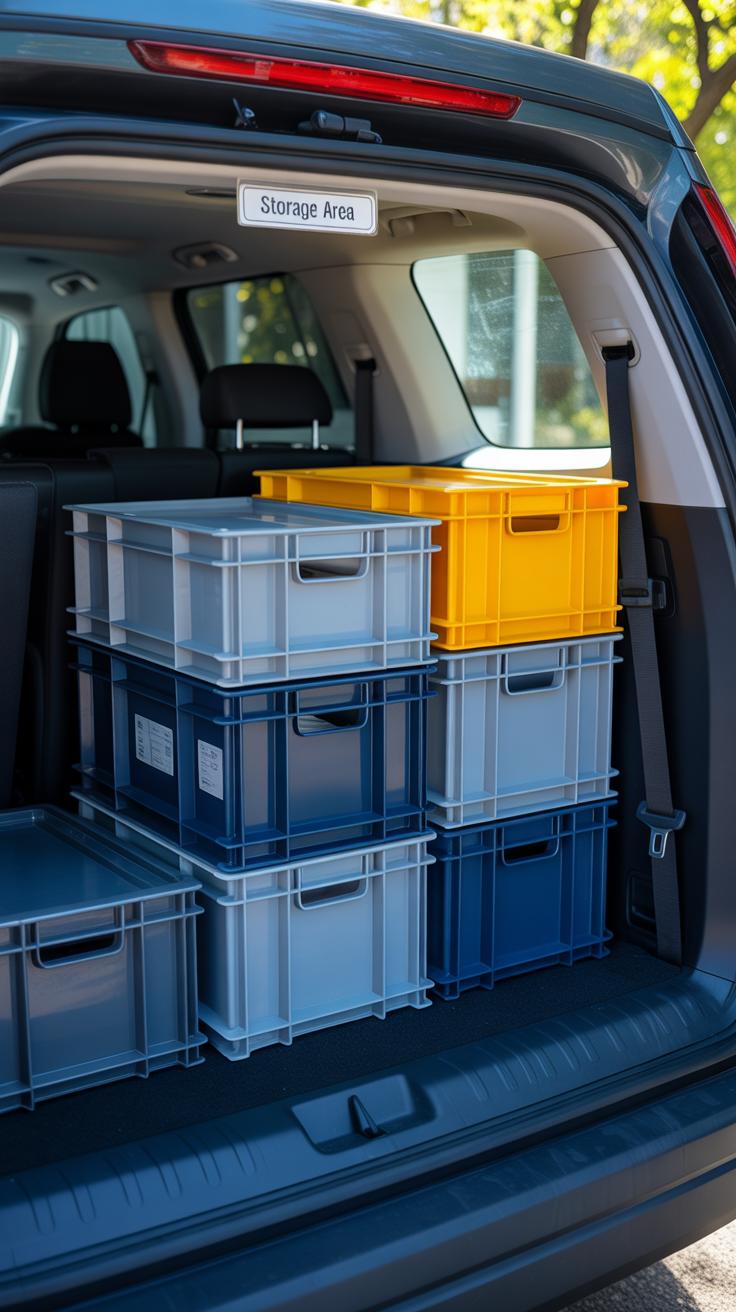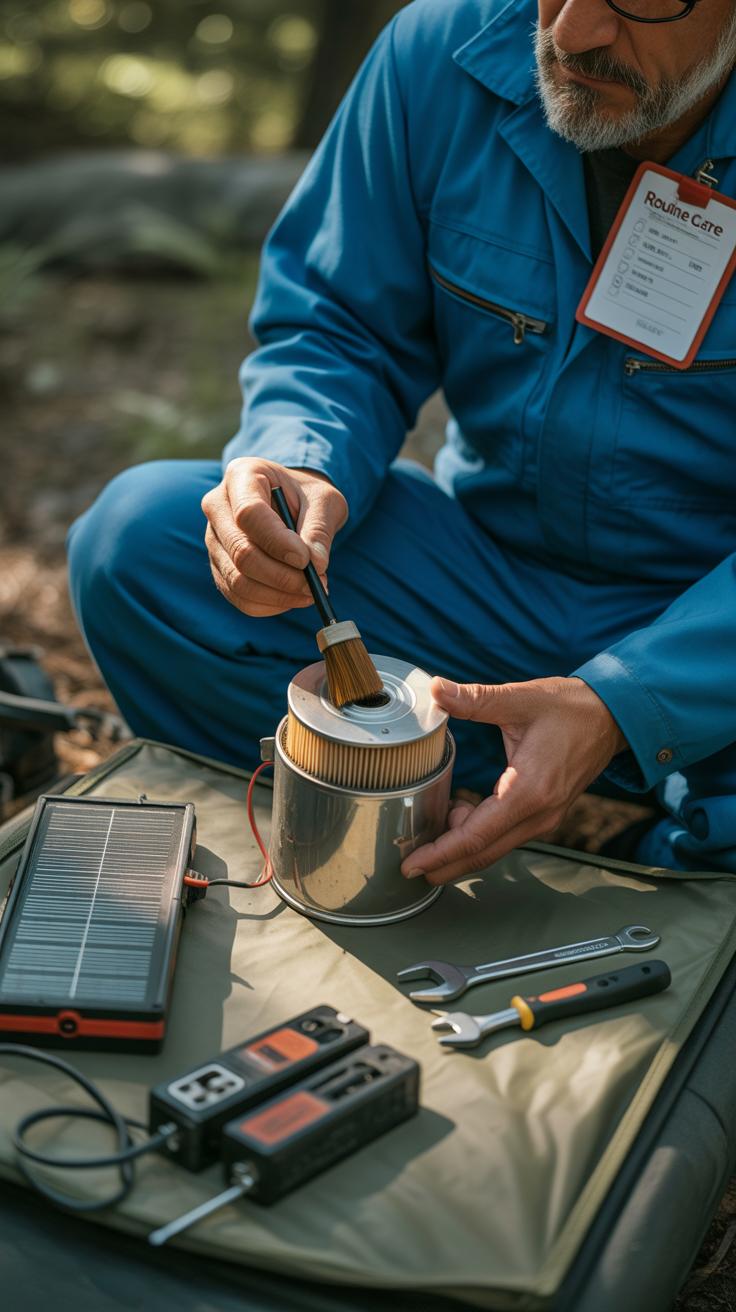Introduction
Overland journeys push you beyond ordinary travel. You trek through tough landscapes for several days. Your gear can make or break your experience. Having the right overland gear means being prepared for any challenge on your route. From your vehicle to your camping supplies, each item matters.
This article explores the essentials you need for rugged multi-day routes. It covers gear types, useful tips, and practical advice for overland travelers. By understanding the gear requirements, you can plan better adventures that are safe and enjoyable.
Understanding Overland Travel Needs
Overland travel is more than just a road trip with camping stops. It’s about covering long, often challenging distances through areas where services are scarce or completely absent. So, your gear isn’t just about convenience—it’s about survival and comfort over multiple days in places you can’t just pull off for a quick fix.
You need equipment that stands up to tough environments—think dust, mud, extreme temperatures, and unpredictable terrain. Your gear has to be reliable, multifunctional, and sometimes heavy-duty, because you might be far from help or shops. It’s not unusual for one item to serve several purposes. For example, a durable tarp might work as a shelter and groundsheet.
Why does this matter? Because overland trips demand self-sufficiency. If your water supply drops or your cooking gear fails midway through the trip, replacing these isn’t simple or cheap. That’s why knowing exactly what to pack and why is crucial—packing too little is risky, rushing to pack everything can weigh you down unnecessarily.
What Makes Overlanding Different
Overlanding isn’t the same as traditional travel or weekend camping. You don’t just drive to a campsite and settle in. Instead, you’re moving constantly, often taking backcountry routes. You face unknown conditions daily—no paved roads, no cell service, sometimes no other people for miles.
Camping here is more about adapting than relaxing. Your campsite might be improvised rather than pre-set, and you often need to patch things yourself. Meals turn into practical routines instead of leisure. It’s a more raw and hands-on experience, where your gear needs to support that kind of lifestyle.
Also, overlanding involves a blend of driving and outdoor survival skills. This mix separates it from simple off-roading or regular hiking trips. You might spend days getting through rough trails, needing your vehicle to be as prepared as you are.
Key Challenges Faced
Overlanders frequently deal with several tough issues. A few stand out:
- Mechanical troubles: Breakdowns happen far from service stations, so you must carry repair tools and spare parts—a flat tire or stuck axle can ruin a trip.
- Limited resources: Water, food, fuel—these can run out unexpectedly. You need to plan carefully but also be ready to improvise or ration.
- Navigation difficulties: Maps and GPS might not always be accurate or reliable. Knowing how to read terrain and anticipate obstacles is vital.
- Weather extremes: Heat, rain, cold—all can appear suddenly. Your gear and clothing must handle a range of conditions without fail.
- Communication barriers: Signal often disappears in remote spots, so backup plans for safety and emergency contact are a must.
These challenges can feel daunting, but they’re part of what makes overlanding unique. You constantly learn by doing, often through trial and error. What trips you up one time might become second nature the next.
Choosing Your Vehicle For Hard Terrain
Four-Wheel Drives And Their Importance
When it comes to overland travel, four-wheel drive vehicles are generally the go-to choice. Why? Because having power delivered to all four wheels makes a big difference on unpredictable surfaces—mud, rocks, sand, or steep inclines. You might think two-wheel drive could work if you’re careful, but it quickly becomes a limitation once the route turns rough. Four-wheel drive delivers better traction and control, which isn’t just convenient—it can be critical for safety.
That said, not all 4WDs perform equally off-road. Some systems engage all wheels permanently, others let you switch between two and four. Choosing between these depends on your specific needs and how much time you’re planning to spend tackling tough terrain. I’ve seen travelers underestimate their routes and end up stuck, thinking their regular SUV was enough. So, weighing that reality against your vehicle choice is key.
Vehicle Gear Upgrades To Consider
Once you’ve picked a vehicle, you’ll likely find the stock setup insufficient. Overlanding pushes vehicles beyond daily driving demands. Here are a few upgrades you might want to consider:
- Tires: All-terrain or mud-terrain tires provide better grip and durability off-road. Terrain varies, so your tire choice should match typical conditions.
- Suspension: Upgrading suspension improves ride comfort on rough trails and increases ground clearance. It’s not just about bumps; it affects handling and protects your vehicle’s undercarriage.
- Roof Racks: Space inside becomes premium when packing overland gear. Roof racks free up space and allow for easier organization of bulky items like tents or recovery tools.
- Skid Plates: Protect vulnerable parts—oil pans, fuel tanks—from rocks and debris. They might seem like overkill until they save your day.
- Recovery Gear Mounts: Adding mounts for winches or recovery boards means gear is accessible and secure, rather than thrown in the back where it shifts around.
While upgrading, be cautious about balancing added weight and fuel efficiency. More gear means more strain. So, consider what’s absolutely needed versus nice-to-have. Sometimes, simplicity wins.
Building Your Camping Setup
Shelter Options To Suit Your Route
Tents remain a classic choice for many overlanders. They come in various shapes and sizes—some lightweight for quick setups, others sturdier for extended stays. Picking one depends a lot on your route and weather expectations. If you’re expecting heavy rain or wind, a tent with a strong frame and a full rainfly can make a big difference. But tents do require flat ground, which isn’t always easy to find on rugged trails.
Rooftop tents, on the other hand, offer convenience and safety from ground critters. It’s almost a luxury to just pop open the tent on top of your vehicle and be off the ground. Yet, they can add weight and affect your vehicle’s stability, especially on rough terrain. Still, if your route includes a lot of uneven or marshy ground, having that elevated sleeping space is worth considering.
Awnings extend your sheltered area without taking up much space. They’re great for shade in hot weather or a protected spot to cook and hang out. But they don’t really replace a sleeping shelter—think of them as a complement rather than a core solution. It depends on your camping style though. Some like having multiple shelter types ready to swap depending on the day’s conditions.
Sleeping Gear Essentials
Sleeping bags need to match the climate you expect. A lighter bag works if nights stay warm, but going too thin is a mistake if temperatures drop. Sometimes quality over ratings matters—a well-constructed bag holds heat better than one with higher specs but poor stitching or materials.
Sleeping mats often get overlooked but they really shape your rest quality. Inflatable mats offer comfort and pack small but can be punctured. Foam mats are bulky but reliable. Thinking about your route, weight, and how often you’ll camp can guide the best pick.
Pillows seem minor, but trust me, a good pillow can change how you wake up. Stuff sacks filled with clothes can do in a pinch, but a proper camping pillow prevents neck stiffness that ruins the next day.
Food And Water Solutions For Overlanding
Water Storage And Purification
Carrying enough water on a long, remote overland trip can be tricky. You need containers that are tough but also convenient to handle. Jerry cans remain a popular choice since they stack easily and resist damage. Collapsible water bladders can save space when empty, but they sometimes feel less reliable for long-term use. I’ve found that having more than one type of container helps—just in case one leaks or gets lost.
Water purification is another piece of the puzzle. Boiling works but is time-consuming and requires fuel. Chemical tablets are lightweight, but the taste can be off-putting. Portable filters, like gravity-fed or pump-style, offer a balance between convenience and quality. Personally, I carry a small UV purifier. It’s quick and packs light, though you do need clear water first. You might wonder if it’s overkill—maybe. Yet, I’d rather be safe with multiple backup methods than regret it later.
Portable Food Supplies
Food for overlanding has to be practical. You want stuff that lasts, doesn’t weigh a ton, and can be cooked with minimal fuss. Dehydrated or freeze-dried meals are common because they pack light and last long. But they don’t always satisfy your cravings—sometimes I crave fresh, even if it’s just some fruits or hard cheese. If you can keep a small cooler, fresh veggies or meats add a lot to morale.
Cooking gear should be simple. A portable stove with a reliable fuel source works well. I usually bring a small pot, pan, and a basic set of utensils. Multi-use items save space. Managing your fuel supply is key—running out means scrambling or settling for cold meals, which may dampen your spirits on a cold night. Planning meals ahead isn’t just about nutrition, but also about what you can actually manage to cook on the trail.
Navigational Tools And Communication Devices
GPS Devices And Maps
When you’re out on multi-day routes where the landscape changes and signs disappear, your navigation setup becomes critical. A handheld GPS device that’s rugged and has preloaded topographic maps can be a lifesaver. I mean, you can’t always rely on just your smartphone’s GPS—signals drop, batteries die, or apps crash. Satellite maps stored offline are another layer of security. They offer better detail than basic maps, helping you spot trails, water sources, or even unexpected obstacles.
But there’s something about traditional paper maps and a compass that still holds value. Digital tools might fail, but maps and compasses never do—assuming you know how to read them well. I’ve found that even in the digital age, carrying a map and practicing its use makes you more confident, even if you lean on your GPS most of the time.
Emergency Communication Gear
Now, when the unexpected happens, personal safety hinges on your ability to communicate. Devices like emergency radios and satellite phones can make a big difference. Radios, especially those that work on multiple frequencies, let you check in with other groups or local rescue services if needed. Satellite phones, while pricey, give an almost worldwide reach when there’s no cell signal—though their bulk and battery life require some planning.
Signaling devices, like personal locator beacons (PLBs), flare guns, or signal mirrors, add another layer. I’ve known people who managed to attract help thanks to a PLB after getting stuck. Still, these aren’t gadgets you want to trigger lightly. Choosing the right emergency gear depends on your route’s remoteness and how quickly help might arrive. It might not be perfect but thinking through these options can save your skin.
Clothing Choices For Rugged Conditions
Picking the right clothing for overland trips isn’t just about looking ready; it’s about staying comfortable and protected no matter what the weather throws at you. I’ve swung between too much gear and not enough, and neither works well. The key? Layers. You want to be able to add or shed as conditions change.
Layering For Weather Changes
The layering system breaks down like this:
- Base layer: Picks up sweat and keeps skin dry. Think moisture-wicking fabrics like merino wool or synthetic blends. Cotton? Best left behind unless you want to be wet and cold.
- Insulation layer: Holds heat in when temperatures drop. Fleece or lightweight down works well here. Sometimes, if it gets warmer, you might skip this altogether — it depends on the day.
- Shell layer: Protects against wind, rain, and snow. Waterproof and breathable jackets are ideal. But I’ve found, depending on the storm, some shells aren’t as breathable as they claim, so ventilation options matter.
Always keep in mind you might find yourself peeling off layers in the afternoon sun, then pulling them back on as the evening chills set in. It’s a rhythm you get by experience, or by trial and—occasionally—error.
Footwear And Accessories
Your boots deserve attention too. You’re covering rough terrain, sometimes wet, muddy, or rocky, so boots need solid traction and ankle support more than anything. I once tried a lighter shoe on a muddy route—regretted it fast. Durable, waterproof boots with good grip make a difference.
Hats and gloves aren’t just comfort extras, they’re vital. Sun hats shield your face during long stretches under the open sky. Gloves protect your hands during chores or when temperatures drop unexpectedly. I tend to carry a thin liner glove and a heavier pair—better to have options with you.
Choosing gear that works for shifting climates, and that you can adapt quickly, tends to keep your trip safer—and your mornings less miserable.
Tools And Repair Kits To Pack
When you’re out on a rugged multi-day route, the last thing you want is to be stopped for hours—or worse, days—because of a minor breakdown or ripped gear. Carrying repair tools and kits might feel like extra weight, but they can literally save your trip. Sometimes, a quick fix in the field makes the difference between pushing on or calling for help.
Basic Vehicle Repair Tools
Your vehicle is your lifeline out there, so having the essentials close is key. Here’s a list I recommend, based on trips where I’ve wished I had something on hand:
- Socket set and wrenches (metric and standard) – You’ll want these for loosening bolts or making quick adjustments.
- Screwdrivers (flathead and Phillips) – Small fixes add up—maybe a loose panel or broken bracket.
- Tire repair kit – Patching a puncture on the trail is way better than hunting for a service station.
- Jack and lug wrench – Changing a tire isn’t glamorous, but you’ll be glad it’s there.
- Spare belts and fuses – Older vehicles especially can throw a fit without warning.
- Duct tape and zip ties – Simple, but often the easiest way to hold things together temporarily.
Thought about your vehicle’s quirks? Tailor your tools accordingly. It’s a bit like a healthcare kit, but for your car.
General Purpose Repair Kits
Not just the vehicle, but your gear needs attention too. Tents tear, backpacks develop holes, and clothes snag—sometimes at the worst moment. Packing a repair kit for personal items can prevent those annoyances from becoming headaches.
- Needle and strong thread – Mending a rip in a tent fly or a jacket sleeve is doable on the spot.
- Gear patches – Adhesive fabric or rubber patches for tents and bags help maintain shelter and storage.
- Super glue or fabric glue – Great for quick bonding when stitching isn’t practical.
- Multi-tool – Often saves time fixing zipper pulls or cutting cords.
- Extra buckles and cord locks – Small parts that often break and can stall setup or packing.
Sometimes, I’ve thought, “Maybe I don’t need all this,” but once out there, you quickly realize these kits are more than just spare parts—they’re peace of mind.
Safety And Survival Equipment
When you’re out on rugged multi-day routes, safety gear isn’t just a nice-to-have—it can make the difference between a manageable setback and a full-blown crisis. You should think beyond basic protection and bring equipment that helps you handle emergencies and unexpected survival situations.
Key items include a reliable signal device—like a whistle or signal mirror—so if you get separated or lost, you can call for help. A personal locator beacon or satellite messenger might seem fancy, but on remote trails, they’re reassuring to have. Don’t forget a compact flashlight or headlamp with extra batteries. Darkness can come fast, and being caught without light is more than annoying.
When it comes to gear for emergencies, I’ve found a multitool essential. It’s not just about having a knife but having a range of options in one place. Something to cut, pry, and fix small problems often surfaces unexpectedly. Then there’s the emergency blanket—thin, lightweight, but it really helps retain heat when temperatures drop. You may underestimate cold injuries out on the trail until you’ve felt your body chill faster than expected.
First Aid And Health Supplies
Your medical kit needs a bit of thought—some things you’ll never use, but when you do, you notice the absence immediately. Stock basics like sterile gauze, adhesive bandages in various sizes, antiseptic wipes, and adhesive tape. Maybe pack a small pair of scissors; I once struggled cutting tape with a dull blade that wasn’t mine.
Pain relief tablets, antihistamines, and any personal medications are non-negotiable. Digging deeper, consider items for blisters, insect bites, and even a tourniquet if you’re venturing far enough. You might think a full-blown trauma kit is overkill, but a few extra items like tweezers and disposable gloves can keep small issues from escalating.
Health precautions are just as important. Keep your kit dry and all meds clearly labeled. Replace expired supplies—it’s a minor chore that pays off if you ever need them. Don’t count only on your knowledge; being familiar with basic first aid makes you quicker and more confident when things go sideways.
Survival Items
Survival tools go beyond just a knife stuffed in your backpack. Fire starters, for one, are essential. Matches get wet, lighters run out, but a ferrocerium rod can spark a flame through wind and rain. I’ve had to rely on one after my lighter failed; it was a relief, not just because of warmth, but for morale.
A quality fixed-blade knife stands up to cutting wood, preparing food, or even self-defense. Choose something sturdy but not cumbersome. Survival isn’t about carrying every tool, it’s about the right tools that can be trusted in many situations.
Emergency blankets and compact tarps protect from cold, wind, and rain, taking minimal space but saving your energy and comfort. Some people swear by signaling kits—small flares or reflective tape—for rescue visibility. These are less common but worth thinking about depending on your routes.
All this gear can feel like an extra burden at times. But ask yourself: Would you rather carry a bit more weight or face being underprepared? Overland trips demand respect and preparation. Safety and survival equipment isn’t just gear; it’s a safety net you hope you never use but would be lost without.
Packing And Organizing Your Gear
Packing for rugged overland trips requires some thought beyond just stuffing everything into the back of your vehicle. You want to be able to find things quickly—there’s no time to be digging around when the sun’s going down or a sudden rainstorm hits. Try to group your items by use or frequency—keep first aid, tools, or cooking gear in separate, labeled bags or containers. This keeps it simple and lets you grab what you need without emptying a whole compartment.
Balance is a bit trickier than it sounds. You don’t want heavy stuff piled all on one side or way in the back, which can throw your vehicle’s handling off. Placing weight low and centered helps, but sometimes space limitations make this a puzzle. I find it helps to load bulky but light items on top of heavier gear below. You’ll have to test and adjust a bit—shifting things around until the vehicle feels steady.
Some storage options work better than others. Hard plastic bins stack well and protect gear but take up fixed space. Soft bags can squeeze into cracks but may collapse or get damaged easily. Roof racks are great for oversized items like spare tires or jerry cans, but watch your clearance. I usually bring a mix—stackable containers below, soft bags for clothes, and a roof rack for the odd-shaped stuff. Ultimately, how you set up your gear depends on your route and vehicle, but thinking in layers and zones helps keep order and balance.
Maintaining Your Gear On The Road
Vehicle Maintenance Tasks
You don’t need to be a mechanic to handle basic vehicle upkeep on a rugged route. Daily checks can prevent small issues from spiraling into bigger problems. Start with tire pressure—uneven terrain can make them lose air quickly. Keep an eye on oil levels and top up if you have spare. Look under the vehicle for leaks or any loose parts. Simple stuff like tightening clamps or wiping off mud from radiators helps your engine breathe better.
Greasing obvious joints when you spot them makes sense, especially after muddy or dusty conditions. Also, remember to check your battery terminals for corrosion—it slows things down, and a little cleaning with a brush can keep your truck reliable.
These aren’t tedious tasks but habits. When you notice something odd—a new sound, a slight vibration—don’t ignore it. Sometimes, timely attention saves days of trouble.
Care For Camping And Personal Gear
Camping gear and clothes take a beating outside, so give them some regular attention. Shake out tents and sleeping bags to clear dust and dirt before packing; it’s easier than scrubbing dried mud later. Using a damp cloth with mild soap on spots can keep fabric from degrading. If you spot tears or loose seams on tents or backpacks, a simple needle and thread fix or duct tape patch can keep things functional until you reach better repair options.
Clothing, especially layered or waterproof items, benefit from proper drying each day. Folding damp clothes inside your gear bags invites mold and bad smells. Try to air them on a bush or line for a bit. If that’s impossible, at least spread them out inside the vehicle before sunset.
Your gear isn’t invincible, and nor are you. Small efforts during your journey mean fewer uncomfortable surprises and, honestly, a bit more peace of mind when you’re miles from help.
Conclusions
Being prepared with essential overland gear ensures safer and more comfortable travel through tough terrains. From the vehicle’s readiness to camping and personal supplies, each element plays a role in your journey’s success. Paying attention to gear details reduces risks and hassles on the road.
Your choices in packing and using the right equipment allow you to face unexpected situations calmly. Gear care and maintenance are key parts of overlanding. Choose wisely, maintain regularly, and enjoy your rugged journeys with confidence and ease.

